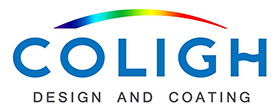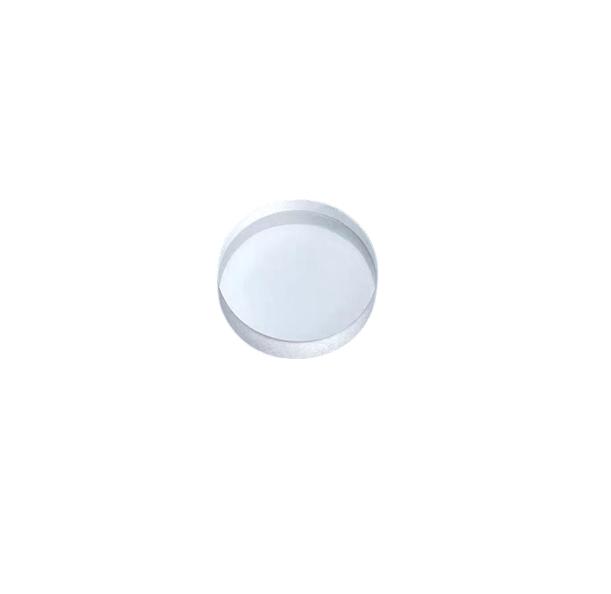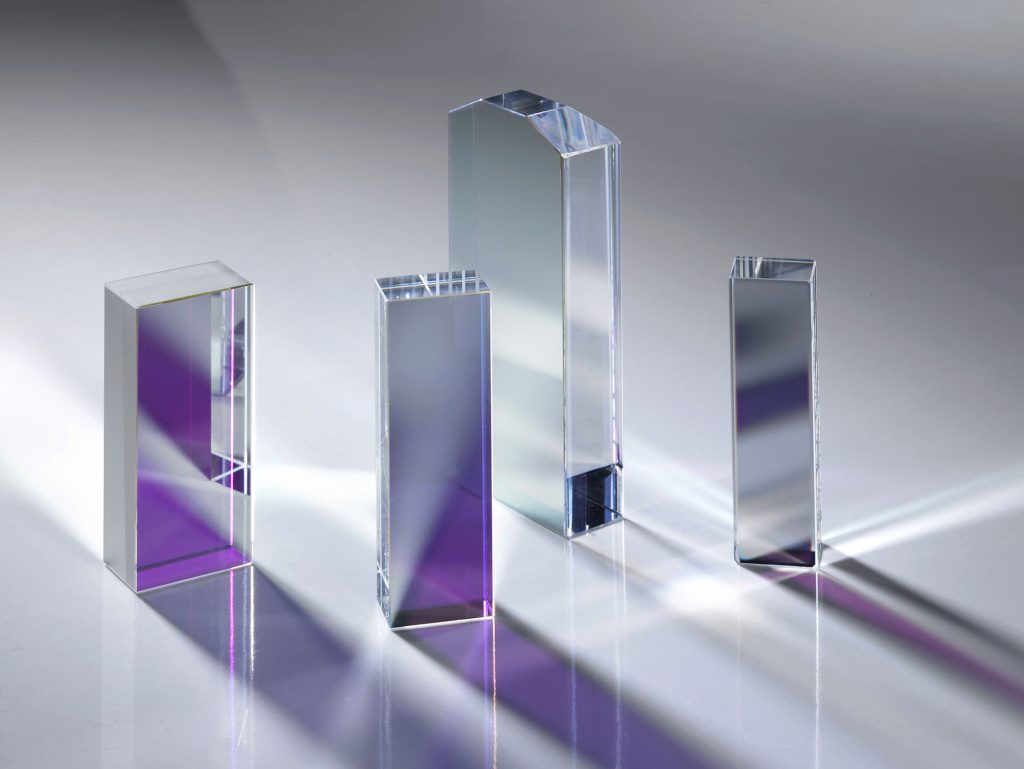Barium Fluoride (BaF₂) Windows
FAQs
A Barium Fluoride (BaF₂) window is an optical component made from single-crystal or polycrystalline barium fluoride. Its core advantage lies in its ultra-wide spectral transmission range (0.15–14 μm), covering deep ultraviolet (DUV) to long-wave infrared (LWIR) regions. It features wide spectral transmittance, low refractive index, high thermal and shock resistance, and low dispersion.
-
In infrared spectroscopy, used as transmission windows for Fourier-transform infrared (FTIR) spectrometers
-
In laser technology, used as output windows for high-power CO₂ lasers, capable of withstanding high-energy laser pulses
-
In thermal imaging systems, used as infrared windows in military reconnaissance and industrial equipment monitoring
-
In nuclear radiation detection, used as front-end windows for radiation detectors
BaF₂ IR windows offer an extremely broad infrared transmission range extending up to 14 μm, outperforming CaF₂ and making them ideal for long-wave infrared applications. They feature low absorption and dispersion, with >90% transmission in the 8–12 μm atmospheric window, reducing signal attenuation. BaF₂ also has strong chemical stability, resisting most acids and bases, making it suitable for harsh environments like industrial gas analysis. With a wide operating temperature range from -200°C to +400°C, they are suitable for high-temperature furnace observation or cryogenic experiments—ideal for infrared systems.
We offer AR coatings, high-reflective coatings, waterproof coatings, laser damage-resistant coatings, and metal protective coatings for BaF₂ windows.
We can provide BaF₂ infrared windows with diameters from 1 to 1000 mm. Custom shapes include round, square, rectangular, polygonal, and annular designs.


